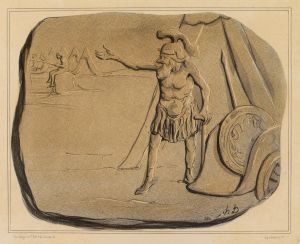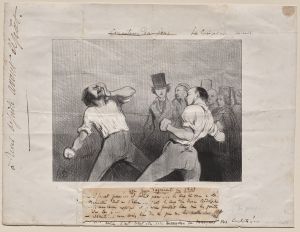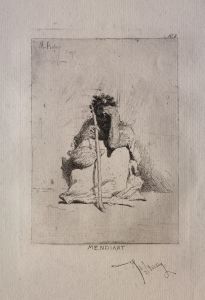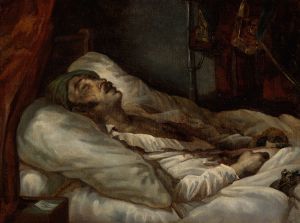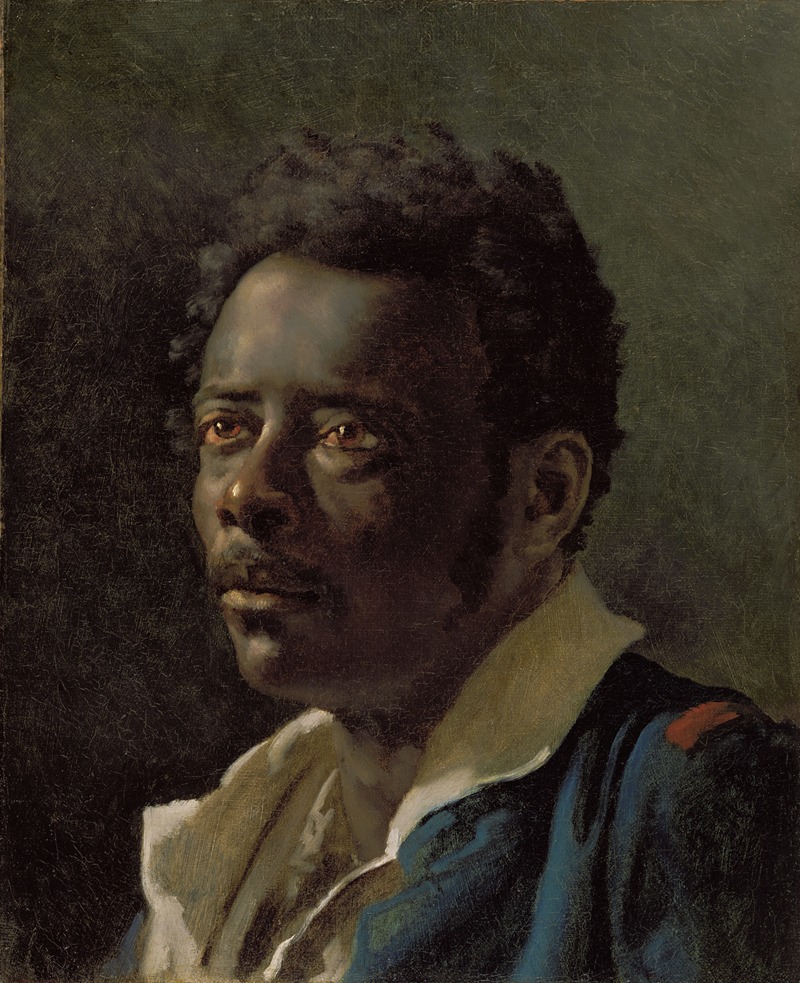
Study of the Model Joseph
A hand-painted replica of Théodore Géricault’s masterpiece Study of the Model Joseph, meticulously crafted by professional artists to capture the true essence of the original. Each piece is created with museum-quality canvas and rare mineral pigments, carefully painted by experienced artists with delicate brushstrokes and rich, layered colors to perfectly recreate the texture of the original artwork. Unlike machine-printed reproductions, this hand-painted version brings the painting to life, infused with the artist’s emotions and skill in every stroke. Whether for personal collection or home decoration, it instantly elevates the artistic atmosphere of any space.
Théodore Géricault's Study of the Model Joseph is a lesser-known but significant work by the French Romantic painter, created during the early 19th century. Géricault, best known for his monumental painting The Raft of the Medusa (1818–1819), was a key figure in the Romantic movement, celebrated for his dramatic compositions, emotional intensity, and focus on the human condition. This particular study reflects his interest in the human form and his dedication to realism.
The painting depicts a male model, identified as Joseph, who was one of Géricault's frequent sitters. Joseph, an African man, is believed to have posed for several of Géricault's works, including studies for The Raft of the Medusa. In Study of the Model Joseph, Géricault captures the sitter with remarkable attention to anatomical detail and emotional depth. The work is a testament to the artist's skill in rendering the human body with precision while also conveying the individuality and dignity of his subject.
The study is executed in oil on canvas, showcasing Géricault's mastery of light and shadow to create a three-dimensional effect. The model's musculature is carefully rendered, emphasizing the physicality of the human form. Géricault's use of chiaroscuro—contrasting light and dark areas—adds a dramatic quality to the piece, a hallmark of his Romantic style. The painting is not merely an academic exercise in anatomy but also a deeply personal and empathetic portrayal of the sitter.
This work is significant in the context of Géricault's career and the broader art historical narrative. During this period, European artists were beginning to challenge traditional academic conventions by focusing on more diverse subjects and exploring themes of social and political relevance. Géricault's choice to depict Joseph, a Black man, as a central figure in his studies reflects a progressive approach for the time, aligning with his broader interest in marginalized and oppressed individuals. This focus is evident in other works by the artist, such as his portraits of the mentally ill and his depictions of the suffering endured by the survivors of the Medusa shipwreck.
While Study of the Model Joseph is not as widely recognized as some of Géricault's larger compositions, it remains an important example of his commitment to realism and his ability to imbue his subjects with humanity and presence. The painting is housed in a private collection, and its exact date of creation is not definitively documented, though it is generally attributed to the period surrounding the production of The Raft of the Medusa.
This study continues to be appreciated for its technical excellence and its role in highlighting Géricault's innovative approach to portraiture and figure studies.





